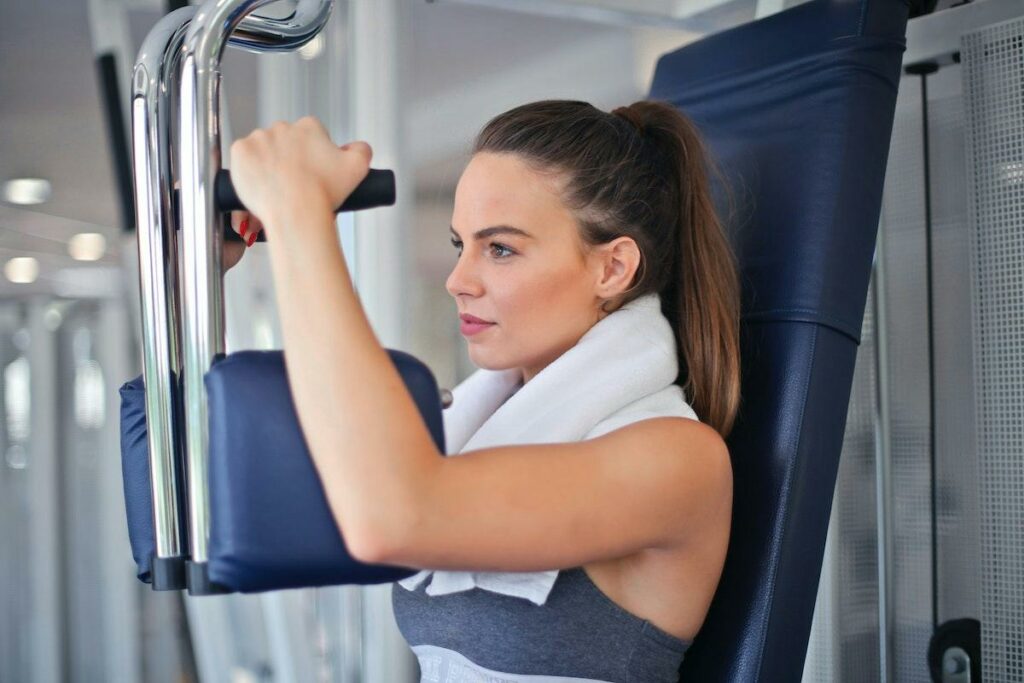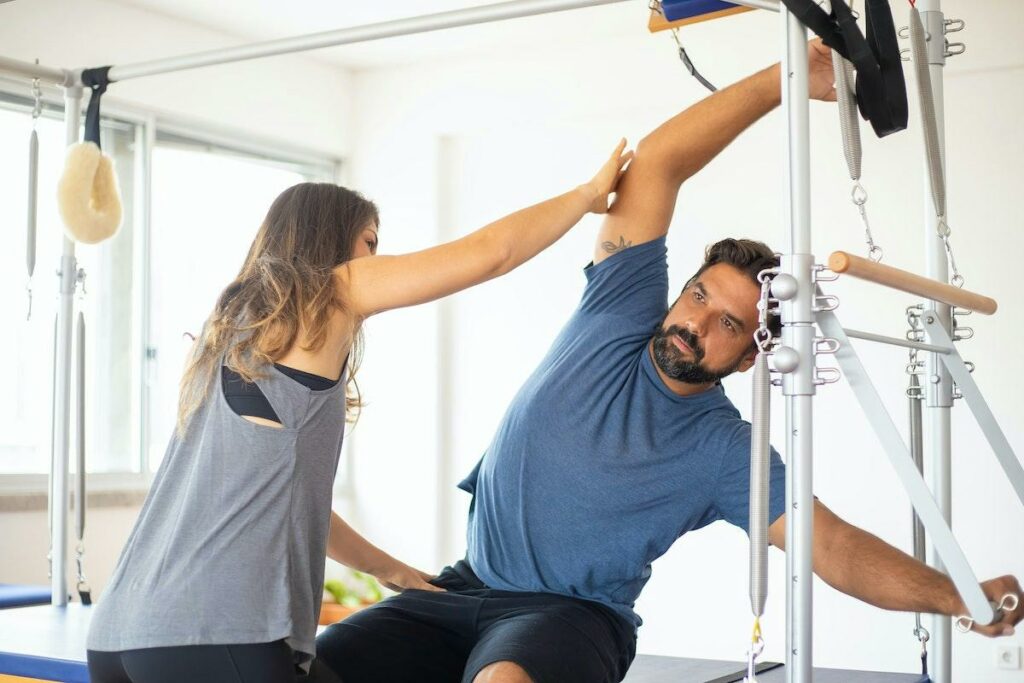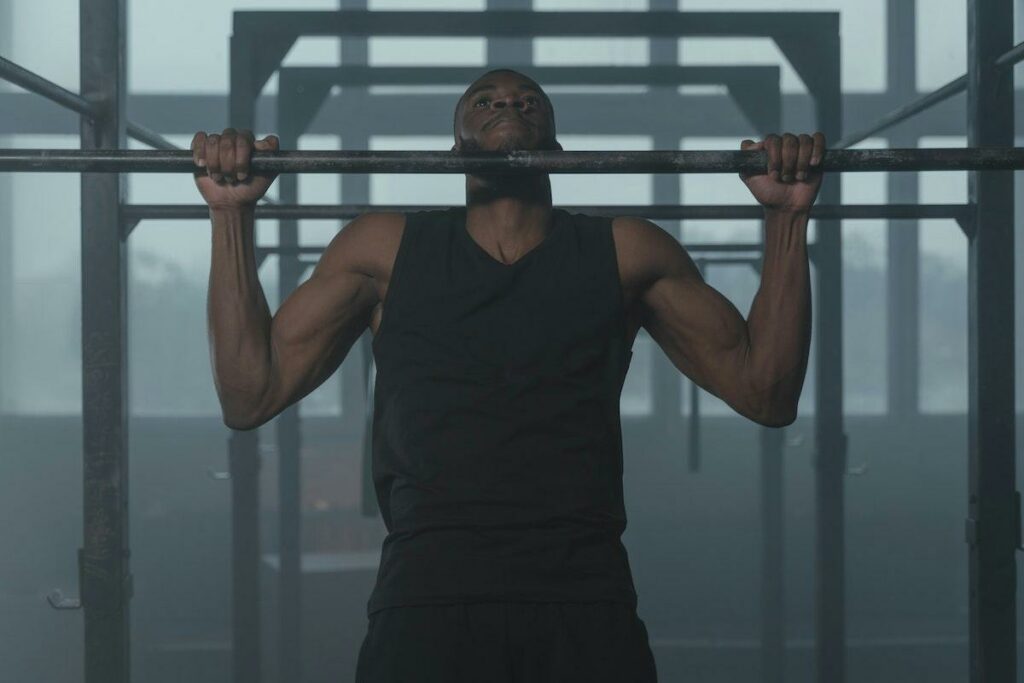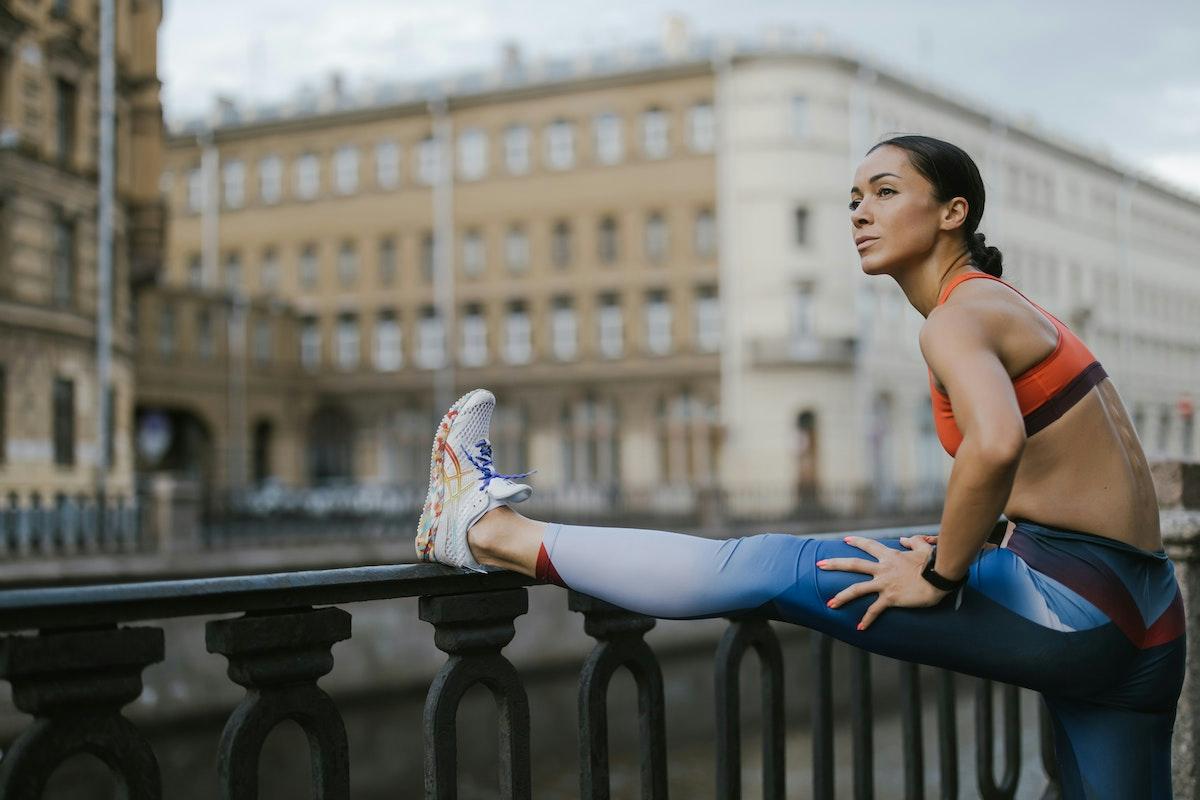Introduction
Ever dreamt of achieving optimal health? Amidst the whirlwind of our daily lives, self-care often takes a backseat. But here’s the twist: have you ever considered that physical therapy tips are more than just a remedy for injuries? It’s time to challenge that notion.
Physical therapy and these transformative tips aren’t limited to elite athletes; they’re the missing piece of the puzzle for many patients and anyone seeking a healthier, more vibrant life.
Let’s dive into these essential physical therapy treatment tips that can both relieve pain and make a world of difference in your well-being.
Exercise Regularly
A study by the CDC revealed that engaging in physical activity is linked to a reduction in COVID-19 hospitalizations and fatalities.
Incorporating regular exercise into your life isn’t just about shedding pounds or gaining muscle; it’s about feeling good; it also has the following benefits:
- Strengthening Your Muscles and Joints: Strengthening exercises are vital not only for injury prevention but also for supporting your body in day-to-day activities.
- Boosting Cardiovascular Health: Engaging in activities that get your heart pumping, reduces the risk of heart disease, stroke, and symptoms of other related conditions that can save you an appointment with the physician.
- Preventing Chronic Conditions: Conditions like diabetes, osteoporosis, and even some forms of cancer can be mitigated or prevented through regular home exercise.
Maintain Good Posture

When it comes to exercise, many people envision intense workouts, heavy lifting, or grueling runs.
However, the truth is, that gentle movements, such as walking, yoga, or swimming, can be an equally effective plan of care and, for many, more sustainable in the long run.
These gentle exercises are often a key component of outpatient rehabilitation therapy services, and here’s why:
Sustainable for All Ages
Gentle movement exercise is accessible to people of all ages and fitness levels, especially for seniors, beginners, or those with mobility limitations.
Reduced Risk of Injury
Low-impact activities, are less likely to result in injuries, making them a safer treatment plan for long-term fitness goals.
Improved Flexibility and Balance:
Gentle exercises often focus on flexibility and balance improvement, essential components of overall physical well-being.
Take Breaks and Move
In our increasingly sedentary lifestyles, where hours are often spent hunched over desks or glued to screens, taking breaks to move, including short home exercises, is essential for maintaining optimal health.
It’s not just about a structured home exercise program; it’s about infusing your day with moments of activity, supported by a plan of care, and the guidance of rehabilitative services, and here’s why:
- Combatting Sedentary Behavior: Taking short breaks to move helps counteract the negative effects of sitting for extended periods, including obesity, cardiovascular issues, and musculoskeletal problems.
- Enhancing Circulation: Movement encourages blood flow throughout your body. This means more oxygen and nutrients reach your muscles and organs, promoting better overall health.
- Reducing Muscular Tension: Frequent breaks to stretch or walk can alleviate muscular tension and prevent stiffness, which is particularly important for those with desk-bound jobs.
Practice Mindful Movement

Practicing mindful movement, not only improves your physical fitness and balance training but also nurtures your mental and emotional health.
Researchers found that, on average, people experience 3.4 poor mental health days monthly. Among regular exercisers, this significantly dropped by over 40 percent.
Mindful movement treatment involves being fully present and engaged in your physical activity, and it offers a host of benefits:
- Holistic Well-Being: A holistic approach to self-care involves addressing not only physical fitness but also mental and emotional health.
- Stress Reduction: Deep breathing and relaxation techniques, can reduce stress and enhance mental clarity. It’s an excellent way to unwind and find balance in a hectic world.
- Improved Focus: By concentrating on each movement and breath, you sharpen your focus and increase your ability to be present not only during exercise but also in your daily life.
Listen to Your Body
In the rush of our daily lives, we often ignore the subtle signals our bodies send us.
However, tuning in and truly listening to your body is a fundamental aspect of maintaining good health and well-being, and here’s why:
Effective Workouts
Listening to your body during exercise allows you to tailor your workouts to your current fitness level, ensuring that you challenge yourself without overexertion.
Recovery and Rest
Sometimes, your body craves rest, and it’s essential to heed this call to enhance muscle repair. Pushing through fatigue can lead to burnout and decreased performance.
Nutrition
Listening to your body’s cues for hunger and satiety can help you make healthier food choices and maintain a balanced diet.
According to a National Institutes of Health (NIH) study, effective nutritional counseling is a vital tool for physical therapists to enhance their patients’ well-being and outcomes.
What makes physical therapy effective?
What makes physical therapy effective is a combination of expert knowledge, personalized plans of care, evidence-based practices, patient education, primary care provider requirements, and the application of specialized techniques such as manual therapy.
It’s a science-backed treatment plan approach that addresses the root causes of physical issues, promotes healing, and empowers individuals to lead healthier lives.
How can physical therapy improve quality of life?

Physical therapy services enhance life quality through a range of benefits, including alleviating chronic pain, improving mobility, aiding injury recovery and function, and managing chronic conditions. It enhances posture and balance, reduces stress, and tailors custom exercise treatment plans for sustained health improvement. These are just a few aspects of comprehensive outpatient rehabilitation therapy services.
Physical therapists also empower with injury prevention guidance as well as care requirements to promote independence and boost mental well-being through education.
In essence, physical therapy isn’t just about treating ailments; it’s a path to a more fulfilling, healthier life.
Why is physical therapy important to exercise?
Physical therapy treatment and exercise go hand in hand, creating a vital partnership for health and fitness. Physical therapists, with their expertise and formal certification, play a pivotal role in preventing injuries and providing pain relief while ensuring proper form and function.
Physical therapists ensure that your exercise routines are optimized for your health and safety, taking into account your specific care requirements, and helping you achieve lasting results.
Should you do physical therapy exercises every day?
The frequency of physical therapy treatments and exercises varies based on factors like your individualized treatment plans and your physician’s agreement. Conditions such as knee pain may necessitate daily exercises, while others may require less frequent sessions. It’s crucial to adhere to your physical therapist and physician’s care plan and promptly report any changes, progress, or concerns in your patient reports.
Communication with your Physician or Your Therapist: If you experience increased pain, discomfort, or any adverse effects from daily exercises, inform your physician immediately. They can adjust your own plan of care and therapy services to ensure your well-being or provide a physical therapy plan of care.
Long-Term Goals: Initially, more frequent exercises may be required for recovery, while progress in later stages may involve maintenance exercises with reduced frequency, as determined by your physician.
Lifestyle and Preferences: Consider your daily schedule, lifestyle, and personal preferences. If daily exercises are challenging to fit into your routine, discuss alternatives with your physical therapist, to ensure you can maintain your program effectively.
Conclusion
Physical therapy is not just about addressing injuries or managing conditions; it’s about unlocking your full potential for health and well-being. Whether you’re recovering from an injury or surgery, seeking to improve your mobility, managing a chronic condition, or simply aiming to lead a healthier life, physical therapy offers the guidance and expertise to make it happen.
At Mitchell Holistic Health, we’re dedicated to helping you on your journey to a healthier, happier life. Our complete initial plan of care and treatments, including outpatient rehabilitation therapy services, are tailored to your unique needs and goals, ensuring that you receive the care and support you deserve.
Take the next step towards a brighter, healthier future. Contact us for your initial therapy treatment or for physical therapy services. Your well-being is our priority, and we’re here to support you every step of the way.

